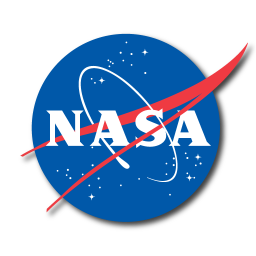NASA Focus Group Features
Since 2012, I have been an editor (along with Andrew Pohorille of NASA Ames/UCSF) of a series of articles for the NASA Origins of Life Astrobiology Focus Group from investigators in the field. These essays are aimed at an undergraduate level. Typically, they are written about recent discoveries from the authors’ research, and they are intended to communicate advances in astrobiology to those outside the field. Below is a list of a few recent articles from the website and their authors.
The influence of environment in shaping RNA fitness landscapes
This essay, from Shreyas Athavale of the Chen Laboratory, describes his work relating to fitness landscapes in RNA.
From small molecules to RNA to life: a review of two approaches (Editors’ summary)
This collection of two essays from the Hud and Sutherland groups describes the two investigators’ distinct views of how RNA came to exist. A brief overview can be found above.
- The origin of RNA – a small part of the bigger picture, by Frank R. Bowler and John D. Sutherland, MRC Laboratory of Molecular Biology, Cambridge, UK.
- Putting together the pieces: Evidence suggests that RNA was a product of evolution, by Brian Cafferty and Nicholas V. Hud, Georgia Institute of Technology, Atlanta, GA, USA
On the origin of translation and ribosomes (Editors’ summary)
This collection of three essays from Mike Yarus, Loren Williams, and Gustavo Caetano-Annolés describes these investigators’ thoughts regarding how life’s translation machinery – the ribosome, a RNA-protein hybrid assembly, which reads RNA transcripts and translates them into protein – evolved.
- A genetic code from RNA chemistry: Binding Sites for Amino Acids and Peptides, Michael Yarus, University of Colorado Boulder, Boulder, CO, USA
- Yin and yang: polypeptide and polynucleotide, by Loren Dean Williams, Georgia Institute of Technology, Atlanta, GA, USA
- A coevolution of ribosomal proteins and RNA: evidence against the RNA world hypothesis, Gustavo Caetano-Annoles, University of Illinois, Urbana, IL, USA
In search for alternative genetic material (Editors’ summary and both articles at above link)
This two-part series of essays from Philipp Holliger and Steven Benner describe their work on nucleic acids systems comprised of different bases and backbones than DNA and RNA, and their potential relevance to astrobiology.
The early evolution of lipid membranes, by David Moreira, Jonathan Lombard, and Purificación López García, Unité d’Ecologie, Systématique et Evolution, CNRS – Université Paris-Sud, France
This article, from the López-García group, describes their work in determining the origins of the differences between the molecules that comprise the membranes of bacterial and archaeal cells.
